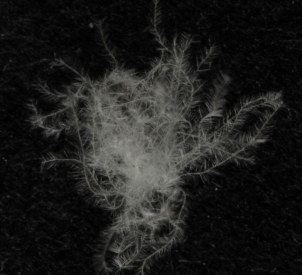What is down?
Down feathers are fine, fluffy feathers found underneath the tougher exterior feathers of birds. Of special interest is the down coating of waterfowl – ducks, geese, and swans – because the plumes are much larger and lighter weight than that of other birds. These specialized feathers keep the animals warm as they swim and they help to maintain buoyancy. Waterfowl have been domesticated for thousands of years, and their down has been used as a bedding material for most of that time. However, it was not until 1936 that down was first used in clothing.Insulation Fundamentals
Insulation works by trapping air close to your body and and limiting the amount of heat that can escape. You will stay comfortable in cold temperatures if the heat that you’re putting into the system (a.k.a. the environment inside your jacket or sleeping bag) is equal to the heat escaping. Thus, it’s not entirely correct to say that down is “warm.” Rather, you are warm and down simply prevents your body heat from escaping. Insulation holds on to air by creating millions and millions of little pockets for heated air to occupy. Still air is a very poor conductor of heat, and so heat inside the system has difficulty leaving it. These pockets prevent wind from disturbing the heated air and removing it from the jacket or sleeping bag. Insulating power is related to the amount of air trapped, not the material used to trap it. Therefore, thicker jackets are almost always more effective for lower temperatures than a thin jacket. For this reason, we cannot recommend jackets based solely on insulating material. A thick synthetic jacket will insulate better than a thin down jacket even though down feathers are the more powerful insulator.Why are down feathers so good at insulating?
In waterfowl, down feathers are hidden under the outer layer of flight feathers, where it can insulate the water fowl from cold temperatures and hypothermia. Down is fuzzier and less regular in structure than flight feathers, which are marked by a long stiff, quill with ordered branching barbs. The barbs in down feathers are instead long and flexible, and they branch off in every direction. This helps the down form a lofty clump. This property is what makes down an excellent insulator.

Leave a Reply